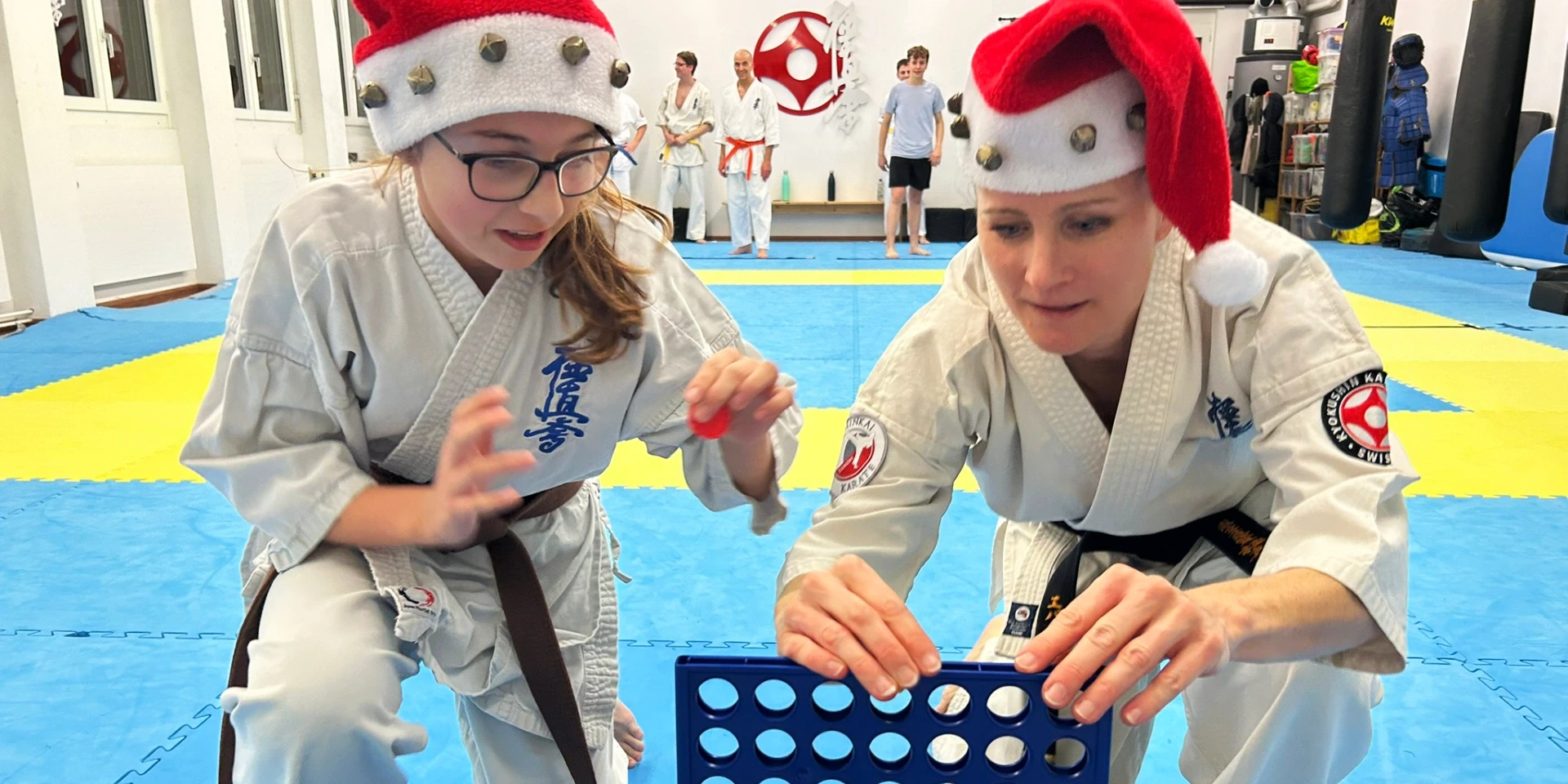The martial art of Kyokushin
Karate, the art of "naked" hand fighting, was invented in India 500 years before our era.
In any case, this is what investigations claim. A Buddhist Indian priest named Daruma (or Bhodidarma), who wanted to proclaim the Zen Buddhist teachings in China, practiced this type of fighting because he had to fight his way to China not only against wild animals, but also against the numerous highwaymen. 1500 years before our era Daruma arrived at the court of Emperor Wu in Chang'an (China), then traveled to the province of Hénan, i. to the temple Shaolin, where he not only taught the Zen doctrine, but also the fighting techniques without a weapon, then called Shorin Kempo. Daruma is also considered the founder of the Chinese Kempo, supported by Zen meditation exercises. Starting from the Middle Kingdom, the Kempo spreads more and more against the north, the east and the southwest of the country and finally reaches Mongolia, Korea and the island of Okinawa.
In any case, this is what investigations claim. A Buddhist Indian priest named Daruma (or Bhodidarma), who wanted to proclaim the Zen Buddhist teachings in China, practiced this type of fighting because he had to fight his way to China not only against wild animals, but also against the numerous highwaymen. 1500 years before our era Daruma arrived at the court of Emperor Wu in Chang'an (China), then traveled to the province of Hénan, i. to the temple Shaolin, where he not only taught the Zen doctrine, but also the fighting techniques without a weapon, then called Shorin Kempo. Daruma is also considered the founder of the Chinese Kempo, supported by Zen meditation exercises. Starting from the Middle Kingdom, the Kempo spreads more and more against the north, the east and the southwest of the country and finally reaches Mongolia, Korea and the island of Okinawa.
For a long time, Mas Oyama trained extensively at Funakoshi's Dojo at the University of Takushoku and became Yondan at the age of twenty. From then on, Oyama deepened his knowledge in judo sport and he also became Yondan in less than four years. Over the years, the Gojuryu aroused interest in Mas Oyama, who exercised this discipline for approximately two years. In 1946, 23-year-old Oyama and his henchman Yashiro set off on Mount Miobu in Japan, inspired by the famous Musashi scriptures. In the mountains, in complete seclusion, the two work tirelessly. After half a year, however, Yashiro left the solitude, but Oyama continued training 12 hours a day. At night he used his body in the light of the candle or played on a Japanese bamboo flute. After 14 months, Oyama also left the mountain fully prepared for the national championships in Japan, which he also won.
In 1950, Sosai Oyama began his famous fight against bulls to demonstrate the power and strength of his karate to the entire world. Oyama took on a total of 53 bulls, of which three were killed immediately and the other 49 were knocked off the horns with his hand edge (knifehand). In 1952 Oyama visited the USA for the first time, where he spent a year. Oyama competed against professional boxers and wrestlers, or against anyone who challenged him. His 270 opponents all landed on the ground, most of them on the first strike. None of the fights lasted more than 3 minutes. In 1953 Oyama opened his first dojo. The actual beginning of Oyama Karate coincided three years later with the opening of the Dojo behind the University of Rikkoyo. In June 1964, the current world headquarters Honbu was officially inaugurated. On the occasion of this event Mas Oyama also gave his style of fighting the name "Kyokushin", the style of "the ultimate truth". Today, this style of fighting is widespread with around 15 million members around the world.
Those who have been practicing Kyokushin for some time know that the life of a karateka is an example of sacrifice, effort and concentration. A true karateka is brave, humble and correct. He will always meet his teacher (sensei) with confidence and modesty. A sensei should also remain modest, be able to learn and a psychologist and friend.

